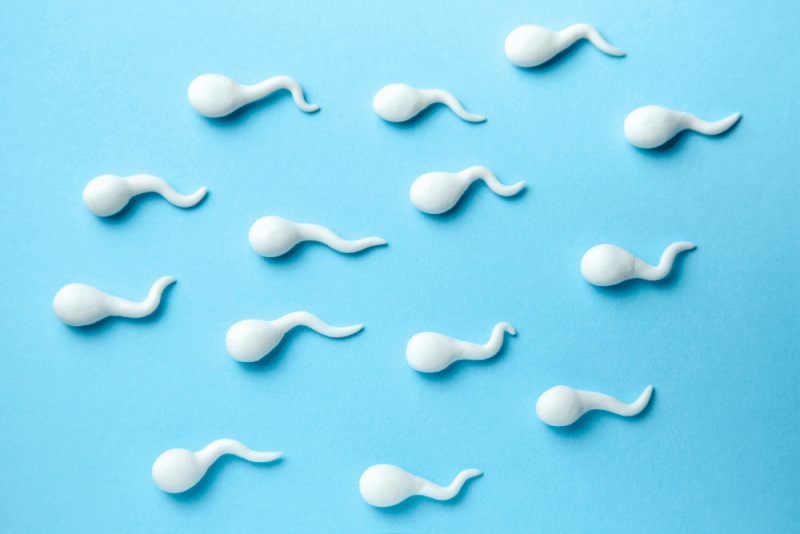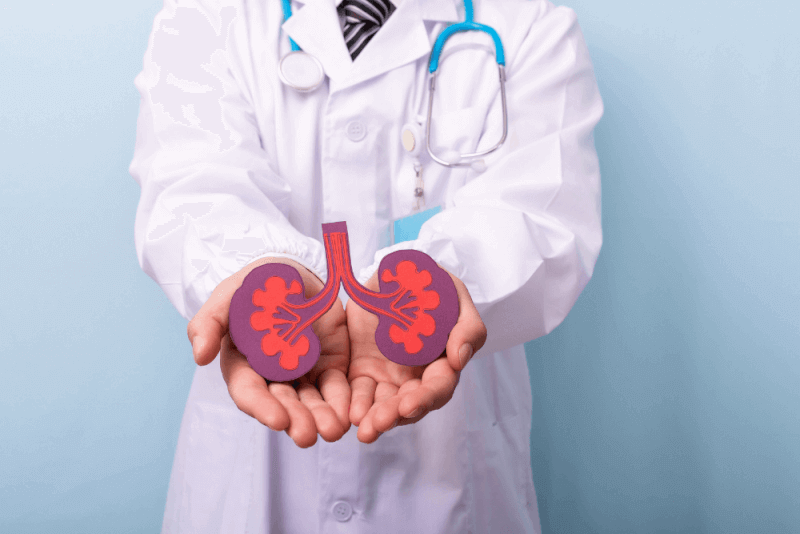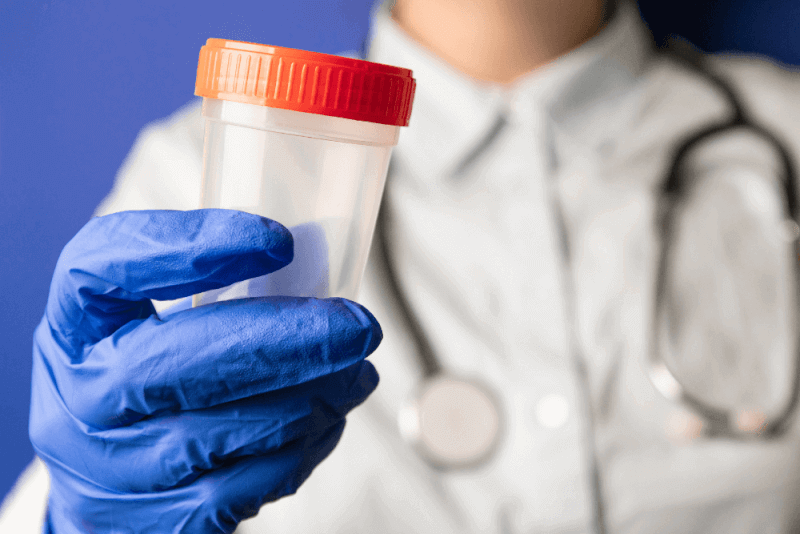What is Oligospermia? (Low Sperm Count)
Low sperm count is referred to as oligospermia. According to the World Health Organization's diagnosis in 2010, if the number of sperm in one milliliter of semen is below 15 million, it is considered oligospermia.
Oligospermia (Low Sperm Count) Diagnostic Criteria
For oligospermia to be diagnosed, the patient must first undergo a detailed examination. During this examination, the sexual organ must also be examined in detail. In addition, the diseases and hereditary disorders seen in the person, as well as previous surgeries, should be learned.
Sperm maturation takes about 3 months. Therefore, the applied spermogram test shows the sperm count in the last 3 months. In some cases, the test can be repeated with a 2-week interval to reach a more accurate result. In addition to the sperm test, the following diagnostic methods can be applied.
- Testicular biopsy
- Urine analysis
- Sperm antibody level
- Rectal ultrasound imaging
- Sperm function tests
Oligospermia (Low Sperm Count) Symptoms
The characteristic symptom of oligospermia is the inability to have children. Additionally, the following symptoms may be seen in cases of low sperm count.
- Reduced sexual desire
- Decreased facial and body hair
- Symptoms of other hormonal disorders
- Prominent veins in the testicles
- Lump, swelling, or pain in the testicles
- Erectile dysfunction
Causes of Oligospermia (Low Sperm Count)
Many different factors can cause sperm production disorders and low sperm count. The most common factors include the following.
Varicocele
Varicocele is the enlargement of the veins in the skin surrounding the testicles. This condition reduces the blood flow to the testicles, disrupting their nutrition. As a result, the testicles may shrink, and sperm production and quality may deteriorate. Varicocele is similar to varicose veins seen in the legs and commonly affects the left testicle in men.
Ejaculation Problems
Normally, when a man ejaculates, semen is expelled from the penis. However, some men experience retrograde ejaculation, where semen flows into the bladder instead of out of the body. Previous injuries, diabetes, or various surgeries can cause ejaculation problems.
Infections
Various sexually transmitted diseases, as well as viruses, can disrupt sperm production. Sexually transmitted diseases can cause testicular inflammation, disrupting sperm production.
Antibodies Attacking Sperm
In some individuals, the immune system perceives sperm as a threat and attacks them. This significantly reduces the sperm count.
Undescended Testicles
In male babies, the testicles are located in the abdominal cavity while in the womb. Over time, the testicles descend into the scrotum. However, in some individuals, this does not happen, and the testicles remain in the abdominal cavity, known as undescended testicles. Since the testicles do not complete their development, they cannot produce a sufficient number of sperm.
Tumors
Tumors in the testicles or those that metastasize from other organs to the testicles can disrupt sperm production. Additionally, various methods used in the treatment of testicular cancer can damage the testicles, disrupting sperm production.
Hormonal Imbalances
The pituitary and hypothalamus glands are responsible for producing the hormones necessary for sperm production. Problems with these glands can cause hormonal disorders. Additionally, thyroid hormone disorders can affect the adrenal glands, leading to various problems in sperm production.
Chromosome Errors
A male chromosome consists of one X and one Y. However, some individuals have 2X and 1Y chromosomes, a condition known as Klinefelter syndrome. Individuals with this syndrome have abnormal reproductive organ development.
Defects in Tubes Carrying Sperm
There are many tubes responsible for transporting sperm. These tubes can be damaged or blocked due to injury, infection, or conditions like cystic fibrosis. In this case, even if sperm is produced, it cannot be transported, leading to low sperm count.
Celiac Disease
Individuals with celiac disease may also experience a reduction in sperm count. However, adopting a gluten-free diet can restore the sperm count to normal levels.
Chemicals
Prolonged exposure to chemicals such as pesticides, lead, and paint chemicals can reduce the sperm count.
Previous Surgeries
In addition to surgeries on reproductive organs, prostate surgeries or major abdominal surgeries can cause various problems in the tubes carrying sperm. This leads to low sperm count.
Radiation
Exposure to radiation for cancer treatment or various other reasons can reduce the sperm count.
Overheating of the Testicles
Using a laptop for long periods, frequently using saunas or hot tubs, or wearing tight and thick clothing can cause the testicles to overheat, disrupting their function.
Smoking
Men who use cigarettes and tobacco products have a significantly lower sperm count compared to the general population.
Excessive Alcohol Consumption
Excessive alcohol consumption reduces testosterone levels, leading to a decrease in sperm production.
Depression
Depression and extreme stress can negatively affect the sperm count.
Obesity
Being overweight can cause hormonal imbalances and directly affect sperm production.
Oligospermia (Low Sperm Count) Treatment Methods
The main treatment methods for low sperm count include the following.
Surgery
Surgical treatment methods are applied in cases of blockages or adhesions in the tubes or the presence of varicocele. In some cases, sperm can be surgically retrieved from the testicle or epididymis for reproductive treatment.
Antibiotic Therapy
If the low sperm count is caused by an infection, antibiotics are prescribed.
Treatment of Sexual Dysfunction
Special treatments are applied to address problems like ejaculation issues or erectile dysfunction.
Hormone Therapy
If low sperm count is related to hormonal problems or imbalances, treatments to regulate hormones are applied.
Lifestyle Changes
Avoiding alcohol and smoking, reaching a healthy weight, and not wearing tight clothes can help increase the sperm count.
Types of Oligospermia (Low Sperm Count)
Oligospermia is divided into three categories based on its severity.
Mild Oligospermia
A diagnosis of mild oligospermia is made when there are between 15 and 10 million sperm per milliliter of semen.
Moderate Oligospermia
Moderate oligospermia is defined as having between 5 and 10 million sperm per milliliter of semen.
Severe Oligospermia
Severe oligospermia is defined as having between 0 and 5 million sperm per milliliter of semen. The complete absence of sperm is called azoospermia.








